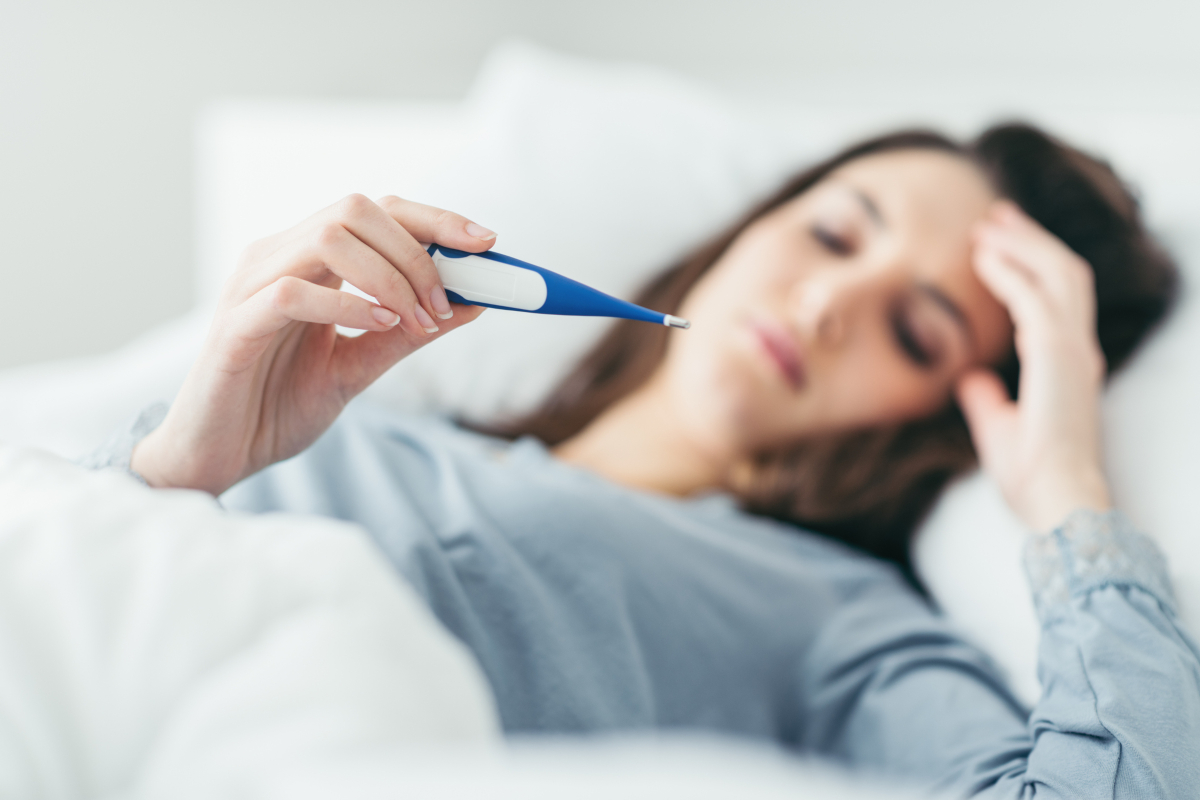The Medical Minute: What to expect when COVID-19 meets flu season

The return of “hoodie weather” tells us autumn is just around the corner. So, too, is influenza season. And this year, the flu will overlap with COVID-19.
What will happen? Dr. Robert Redfield, director of the Centers for Disease Control and Prevention, told this to the Associated Press on Aug. 26: “This could be one of the worst seasons we’ve had from a public health perspective with COVID-19 and flu coming together. But it also could be one of the best flu seasons we’ve had.”
What could make it the best flu season? If people continue to wear face masks, practice social distancing, follow proper handwashing techniques and stay home when they’re sick, they will limit the spread of both COVID-19 and influenza.
“We saw this in early February,” said Dr. Mack Ruffin, chair of the Department of Family and Community Medicine at Penn State Health Milton S. Hershey Medical Center. “Flu cases were heading upward, but as people started taking measures to prevent COVID-19, flu cases began to drop, so we know preventive measures will make a difference.”
What could make it the worst flu season? “If people get tired of wearing face masks and social distancing, it could create a worst-case scenario,” Ruffin said.
Here’s why. COVID-19 and seasonal influenza are both viruses spread through respiratory droplets produced when an infected person coughs, sneezes or talks. They share similar symptoms — fever, cough, shortness of breath, fatigue, and muscle aches. As a result, it’s nearly impossible to tell them apart without testing. Yet it is possible for a person to get both COVID-19 and seasonal influenza at the same time.
People can lower their risk for contracting influenza by getting a flu vaccine. “Everyone who is eligible to get a flu shot should get one this year,” said Dr. Catharine Paules, an infectious diseases physician at Hershey Medical Center. That includes almost everyone age 6 months and older unless they have severe, life-threatening allergies to the flu vaccine or any of its ingredients. People at higher risk of developing serious illness from the flu include infants and young children, pregnant women, adults age 65 and older, and people with pre-existing medical conditions.
Getting vaccinated is important regardless of your personal risk of developing complications from the flu. “There are two types of risk — the risk to your health individually and societal risks,” Paules said. “Even if your individual risk for getting seriously ill from the flu is low, getting vaccinated will help you prevent transmitting the virus to others, which will, in turn, help preserve hospital and health system resources for people who need them.”
For the majority of people, the vaccine is safe. “The flu shot cannot give you the flu,” Paules said. The injectable vaccine contains an inactivated virus, and while the nasal spray vaccine contains a live virus, it’s attenuated, which means it does not cause illness in healthy people. While some people feel achy or develop a low-grade fever after receiving the flu vaccine, “that’s not the flu,” Ruffin said. “Instead, it’s the body’s normal response and a sign your immune system is doing its job.”
People who feel symptoms of flu or COVID-19 this fall and winter should call their physician first. Health care providers at Hershey Medical Center will direct you on the appropriate next steps, whether it’s continuing self-care at home, scheduling a virtual visit through the Penn State Health OnDemand telehealth platform or scheduling an in-person visit.
Related content:
- The Medical Minute: Separating mask myths from facts
- The Medical Minute: What to expect when seeking medical care now
The Medical Minute is a weekly health news feature produced by Penn State Health. Articles feature the expertise of faculty, physicians and staff, and are designed to offer timely, relevant health information of interest to a broad audience.
If you're having trouble accessing this content, or would like it in another format, please email Penn State Health Marketing & Communications.
